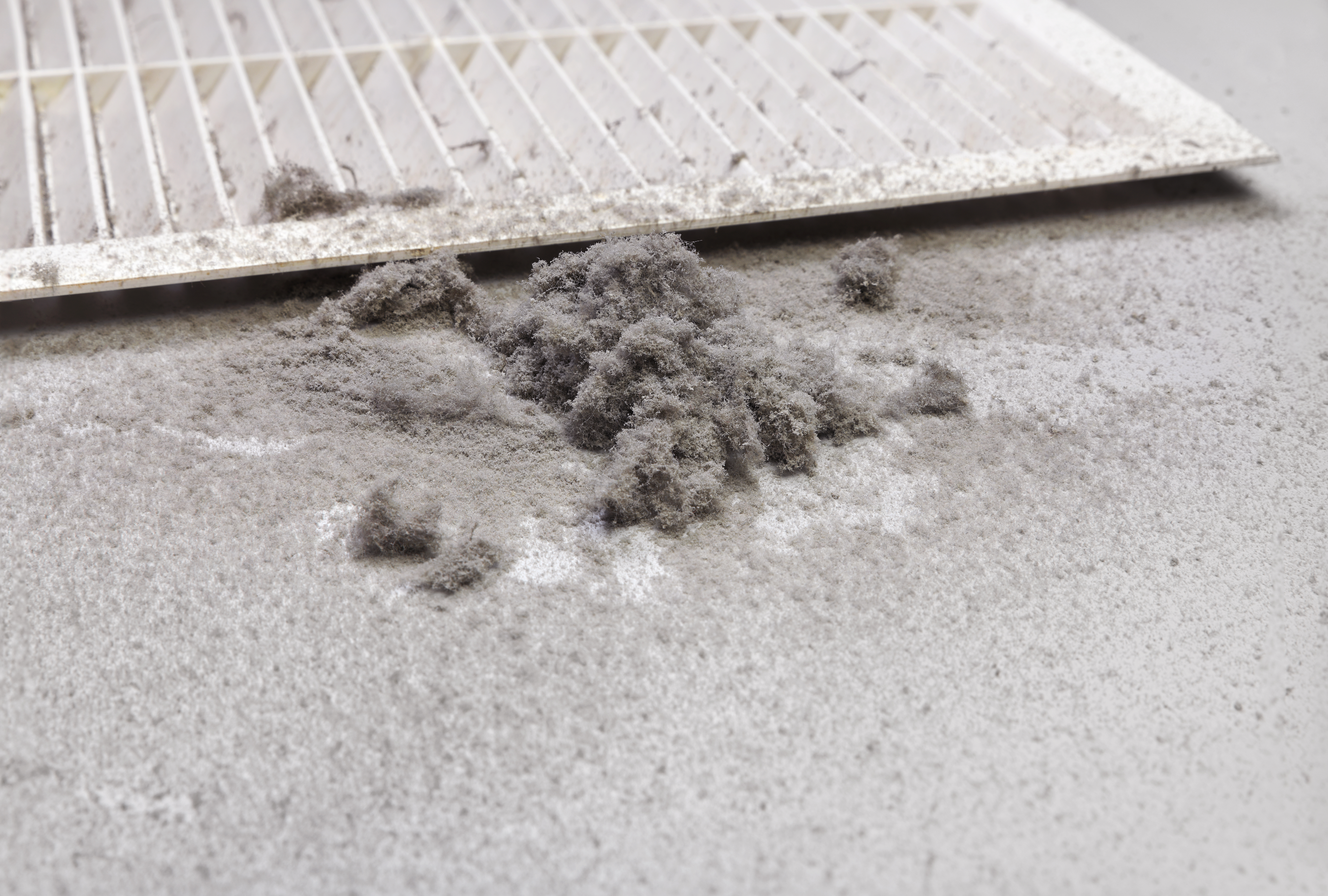Dust can accumulate in your Ronkonkoma home even when you clean regularly. It is best to learn more about dust because this helps you to determine the best way to clean to tackle the issue better. There are also other things that you can do to reduce the buildup of dust. Once you create a cleaner space, it will be more comfortable, the air will feel lighter, and you will not have to dust as much to maintain a more pristine space.
What Is Dust Made Of?
A mixture of particles makes up dust and this is what settles on the surfaces throughout your house. The particles vary greatly in their shape, size and composition. It is important to learn more about the particles so that you can see what is causing the dust in your home.
There are several components of dust. A major portion of it is dead skin cells from your pets and any humans in the home. Skin cells are such as big part of dust because every day an individual sheds millions of skin cells.
Pollen particles circulate throughout the air, and they come from grasses, trees and flowers. These particles attach to your clothing and hair and come in through doors and windows. Once inside your home, they mix with the other dust.
Mold spores can become airborne because they are lightweight. Once they get into the air, they mix with the rest of the dust and circulate throughout your home. Mold can lead to respiratory issues if you have prolonged exposure. The risk of this is higher for those with pre-existing mold allergies or respiratory issues.
Dust contains a variety of fibers from things around your home. These fibers come from clothing, carpeting, textiles and upholstery. Over time, these items break down and the fibers release into the air and combine with the dust. Nylon, polyester and other synthetic fibers are more commonly a component of dust than natural fibers are.
When you open your doors and windows, this allows soil particles to make their way inside your home. You might also carry them in on the soles of your shoes. Soil can contain a variety of pollutants, heavy metals and pesticides that can have a negative impact on your indoor air quality.
Pollutants and chemicals in your home can contribute to the dust. There are a variety of household items, such as paints and cleaning products, that you use regularly. The off-gas that comes from using them can become airborne and mingle with the dust in the air.
Another component of dust is combustion particles. If you use candles, gas appliances or a fireplace, you have these types of particles in the air of your home. Examples include ash and soot. These combine with the dust and can settle on surfaces in your house.
Dust and Air Quality
When there is dust in the air, especially if the particles are smaller, when you breathe them in, they get deep into your lungs. If you already have a respiratory problem, this can exacerbate it. In some cases, the smaller particles may serve as a trigger for breathing issues, such as bronchitis. Those with pre-existing allergies, asthma and other respiratory problems are especially vulnerable.
Those with compromised immune system may notice dust more than those who are generally healthy. This is especially true for young children and the elderly.
Allergic reactions to dust are not uncommon, especially if there is a lot of excess dust in your home. Common sources of allergic reactions include pet dander, mold spores and pollen. Someone having an allergic reaction might experience sneezing, watery eyes, coughing and skin rashes.
There is a higher risk of infection if the dust levels in your home are high. A variety of viruses, bacteria and fungi can mix in with the dust in your home. The risk of dust-related infections is especially high if your home has poor ventilation, or you have a big family where people tend to crowd together. Respiratory infections are the most likely types of infection to result from dust.
If you have long-term exposure to pollutants in the air inside your home, there is a risk of decreased lung function over time. If someone has a pre-existing chronic respiratory disease, they are at a higher risk for this issue.
There could be an impact on mental well-being due to long-term exposure to poor air quality inside your home. Some research suggests a negative impact on your mood, cognitive function and general mental health.
Managing Dust in Your Home
Improving your indoor air quality relies on creating a plan to best manage the dust in your home. The first step is to make sure that you are cleaning correctly and thoroughly. Use a vacuum that has a HEPA filter since these are better at trapping dust to remove it from your home. You should wash your bedding at least once a week to prevent the buildup of skin cells and other dust particles.
You should wash your blinds and curtains regularly. Ideally, dust your blinds every two to four weeks. Clean your curtain every one to three months. Dust the surfaces in your home at least once a week. If you notice dust accumulating faster than this, you can dust and clean these more often.
Check the humidity levels inside your home and keep them between 30% and 50%. Any higher and dust can accumulate faster. High humidity also increases the risk of dust mites and the growth of mildew and mold. You can use a dehumidifier to help bring the humidity levels down to an acceptable level.
Talk to a professional and have them come in to inspect your ventilation and entry points. They can recommend ventilation changes if yours is poor to allow for better air circulation. The better your indoor air is circulating, the less dust you will have settling in your home. They can seal entry points with caulking and weatherstripping if they see gaps to prevent airborne particles from getting in from the outside. A professional might also recommend an air purifier. Consider one with a HEPA filter to help pull airborne particles from the air.
If you have pets, or if you spend a lot of time with pets elsewhere and then go home in the same clothing, you have pet dander in your home. There are several components of this dander, including tiny flecks of fur, feathers and skin.
Body parts and waste from insects help to make up some of the dust in your home.
Air Quality Experts in Ronkonkoma
Whether it is dust or other issues affecting your indoor air quality, we can help you to breathe better. Our experts know what it takes to tackle dust and airborne particle issues for cleaner air in your Ronkonkoma home. Once we accomplish this, we can help you with other things too to keep your home comfortable. For example, we provide maintenance services for your heating and cooling. We can also handle HVAC replacement and repair when you need it.
Call Cool Power LLC in Ronkonkoma today to get help with the air quality in your home.


